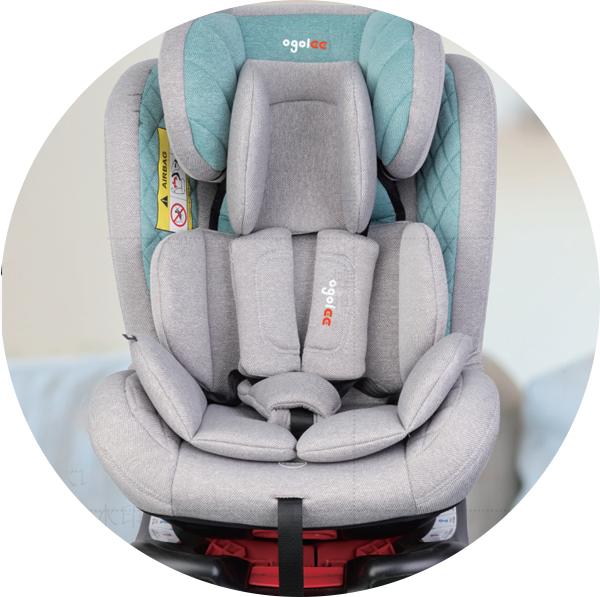R44 Baby Car Seat For 9-36KG
ZK505A Competitive Price European Standard Baby Car Seat 9 Months to 12 Years
Product Size: 480*460*690mm
Product Size: 480*460*690mm






Introduction: The Evolution of Child Safety StandardsIn the realm of child passenger safety, regulations are constantly refined to align with scientific advancements and real-world...
Child R129 booster car seat are critical for protecting young passengers during vehicle travel. The R129 (i-Size) regulation, implemented in the EU, emphasizes enhanced safety stan...
As parents prioritize child safety in vehicles, the debate between Child R129 booster car seat and R44 car seat standards has intensified. With road accidents remaining a leading c...
Side-impact collisions pose a significant risk to children in vehicles due to the proximity of doors and windows to passengers. The R129-certified booster car seat, designed under ...
Competitive Price European Standard Baby Car Seat Methods for achieving side impact protection
1. Strengthened side wing design
Side protection structure: The sides of the seat are usually equipped with thickened side wings, which can effectively absorb the impact force in the event of a collision and reduce direct damage to the child.
Shell material: The side wings are usually made of high-strength plastic or composite materials, which can provide better support and protection in the event of a collision.
2. Energy absorbing materials
EPP or EPS materials: Many seats use energy absorbing materials (such as expanded polypropylene EPP or expanded polystyrene EPS), which can deform and absorb energy in the event of a collision, reducing the impact of the impact on the child.
Buffer layer: The built-in buffer layer of the seat helps to disperse the impact force so that the force is not concentrated on a certain part of the child's body.
3. Enhanced seat belt system
Five-point seat belt: Some seats are equipped with a five-point seat belt system, which can better fix the child and provide comprehensive protection in the event of a side impact.
Seat belt positioner: The seat belt design is usually equipped with a positioner to ensure that the seat belt fits the child's body and reduces the risk of movement in the event of a side impact.
4. Structural design of the seat
Tilt angle: The tilt angle of the seat is optimized to keep the child's body stable in a collision and reduce the risk of tipping over.
Base design: Some seats have a wide base design to improve stability and reduce the possibility of tipping over in a side impact.
5. Side impact test compliance
Standard certification: Many seats are designed to undergo rigorous side impact tests to ensure that they can effectively protect children in actual collision situations. These tests are usually in accordance with European standards (such as ECE R44/04 or ECE R129).
6. Additional protection devices
Side impact pads: Some advanced models may be equipped with additional side impact pads, which can further absorb the impact in the event of a collision.
Adjustable side protection system: Some designs allow the width of the side protection to be adjusted according to the child's body size to provide better fit and protection.
7. Installation method
ISOFix system: The seat supports ISOFix installation, which can ensure that the seat is firmly fixed to the vehicle, reducing displacement in a collision, thereby further enhancing side impact protection.